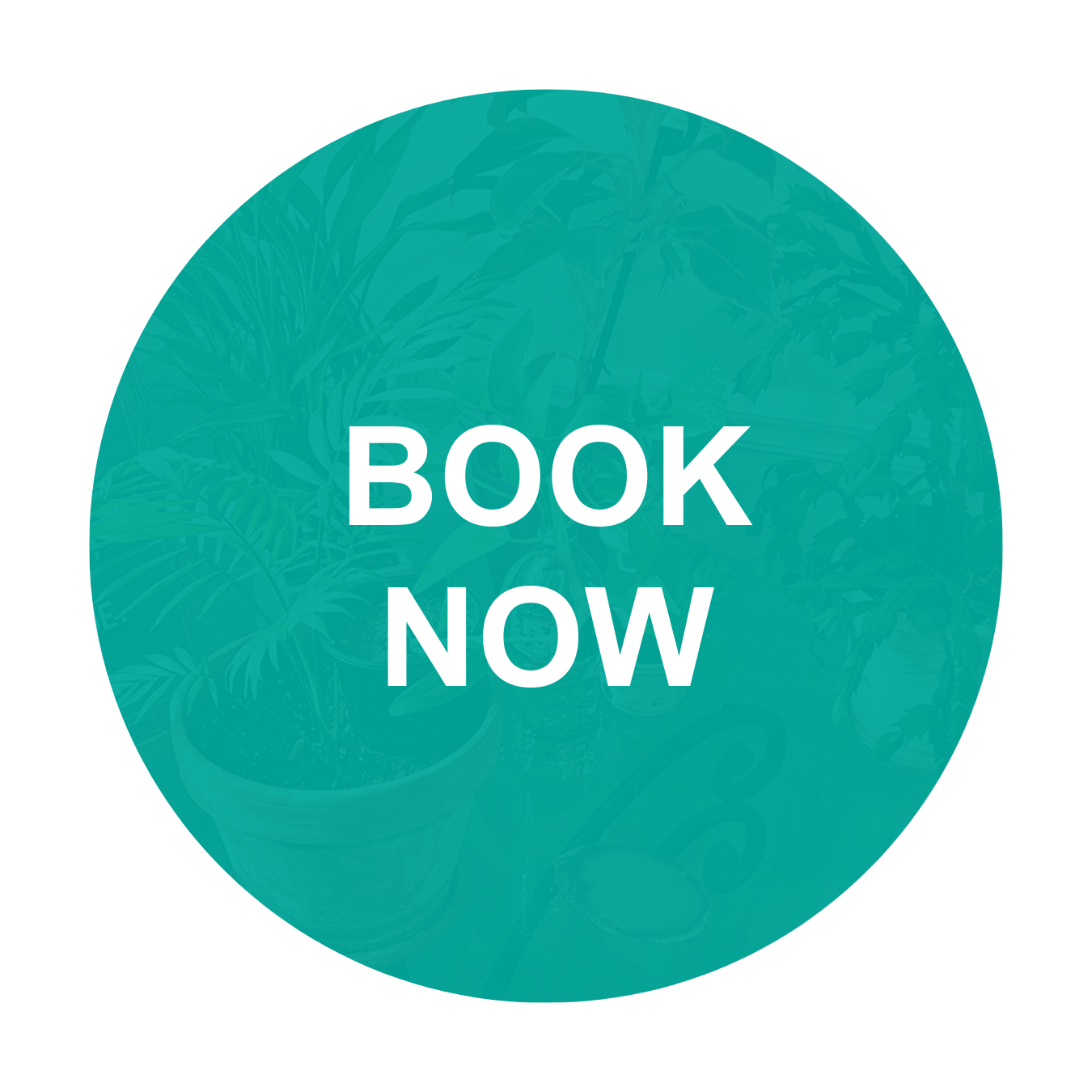Dry Needling at Absolute Qi
What to Expect
Dry needling is particularly beneficial for treating tight muscles that affect joints, impede body movement, and disrupt blood flow. Unlike other practitioners, Dr. Hogan combines dry needling with the holistic approach of Traditional Chinese Medicine to treat the whole person, not just the symptoms. Here's what to expect:

Comprehensive Assessment
Your session begins with a detailed evaluation to identify misbehaving muscles or muscle groups related to your pain.
Targeted Treatment
Sterile needles are inserted into the tense area of the muscle, and the practitioner manipulates the needle until involuntary twitching occurs, indicating muscle release. This continues until the muscle is exhausted, resulting in reduced or eliminated muscle tension and pain.
Experienced Practitioners
Benefit from Dr. Hogan’s extensive experience and expertise in dry needling and Traditional Chinese Medicine.
Holistic Approach
Dr. Hogan considers your entire health history and lifestyle, integrating dry needling with other acupuncture techniques and herbal medicine.
Is Dry Needling Different from Trigger Point Acupuncture?
Dry needling is a subset of trigger point acupuncture therapy. While both techniques aim to relieve muscle tension and pain, they are approached differently. A trigger point acupuncturist, like Dr. Rhonda Hogan, treats the person holistically, considering the whole body as a system. This includes using acupuncture points, evaluating injury history, considering patient activities, and integrating herbs and lifestyle coaching. In contrast, dry needling typically focuses solely on the point of tension.
Dry Needling
Trigger Point Acupuncture
Conditions We Treat With Dry Needling
Dry needling at Absolute Qi is effective for a wide range of muscular ailments, including but not limited to:
Frozen Shoulder
Relief from pain and improved shoulder mobility.
Plantar Fasciitis
Reduction of foot pain and inflammation.

Tennis Elbow
Alleviation of pain and improved arm function.
Carpal Tunnel Syndrome
Decreased wrist pain and improved hand function.
TMJ
Reduction of jaw pain and tension.

Knee Pain
Relief from chronic knee discomfort.
Lower and Upper Back Pain
Effective treatment for back muscle tension and pain.
Choosing a Dry Needling Practitioner
When selecting a dry needling practitioner, always choose an experienced, licensed professional. In some states, physical therapists are not licensed to perform dry needling, which can cause billing and other problems. Dr. Rhonda Hogan has over 18 years of experience in trigger point acupuncture and dry needling, providing a level of expertise that is hard to find among physical therapists.
